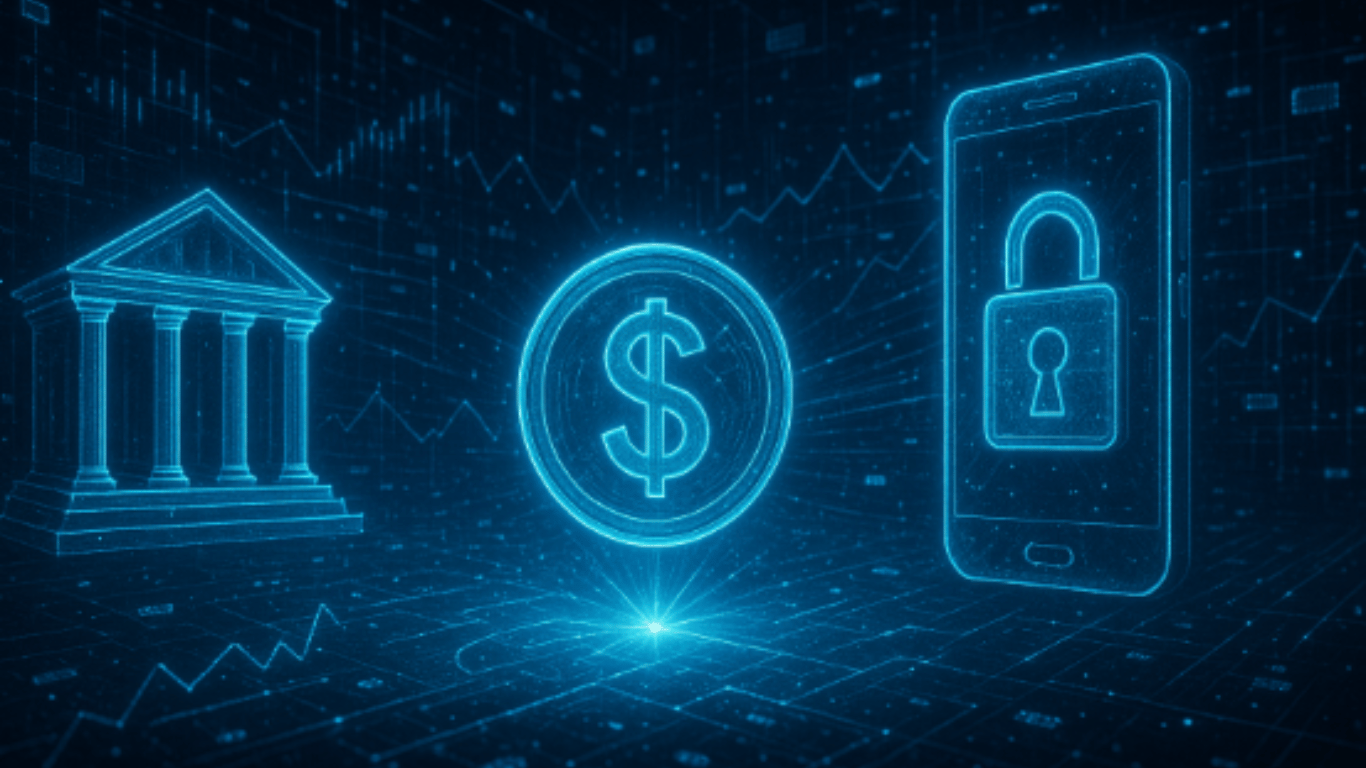Different opinions might lead to uncertainty. This is true any time a major event hits markets, and in the era of globalization, it is even more important to try to cut out the noise and to analyze every piece of information in an objective way.
We've already discussed the strict connection between globalization and fintech and now, it is important to understand what globalization means in the context of a financial crisis that could hit the world once again.
What happened to US banks in the past weeks – A timeline of the most important events
- March 8, 2023: Silvergate, the crypto-friendly bank, announced voluntary liquidation and stopped its banking operations.
- March 10, 2023: Silicon Valley Bank, a bank focused on helping tech startups, was shut down by Californian authorities. The FDIC (Federal Deposit Insurance Corporation) became the receiver.
- March 12, 2023: Signature Bank, another crypto-friendly bank, was shut down by New York authorities. The FDIC was appointed as receiver.
Is it another 2008?
Time to see what experts think about the current US banking system and how it can affect the rest of the world.
Let’s start by saying that there are two opposite lines of thinking: the line that absolutely rejects that the current issues faced by the financial system will have the same impact of 2008; the line that sees more similarities than differences when 2008 and 2023 are compared.
The main reasons that support the first line of thinking are related to the fact that, according to the advocates of a different type of crisis, the current situation is not as bad as the situation witnessed in 2008, since repercussions seem to be far less tough.
On the other hand, I want to highlight mainly three similarities:
- 2008 started with the crisis of the real estate sector; in 2023, the crisis started in the tech sector.
- Before the “official” breakout of the 2008 crisis, the Fed had decreased interest rates – from 4.5% to 2% – to face economic difficulties. This was, in part, the cause of a rising inflation that led the Fed to raise interest rates. In 2021, the Fed cut interest rates, which reached almost 0%, to face the economic and financial difficulties created by the pandemic; this was, in part, the cause that led to higher inflation, which led the Fed to raise interest rates.
- The Treasury Department used hundreds of millions of dollars to bail out banks after the breakout of the crisis – that is, they took special measures, the Capital Purchase Program, to support new lending and save depositors and investors. On Sunday, March 12, the secretary of the US treasury, Janet Yellen, said that the US wouldn’t bail out SVB. Regulators announced the Bank Term Funding Program (BTFP) to support depositors and investors.
Definition of Bailout
A bailout is a set of measures taken from a government to support an economy or a company during tough economic and financial conditions.
This definition supports the words of president Joe Biden, who said that the measures taken by the US are addressing the needs of investors and depositors, not banks.
As a matter of fact, the substance doesn’t seem to change that much.
How did it all start – and the reasons behind SVB collapse
The current US banking system crisis has its roots in the pandemic.
With the breakout of Covid-19, all those companies that produced and distributed products and services that could meet people’s needs without making them leave their homes, witnessed an impressive growth.
The main industry hit by this growth was fintech.
Fintech companies – as well as their stocks – saw a sudden increase in value and in the number of customers.
Fintech companies needed to hire more professionals, sometimes even too many, and benefited from their profits to further increase the number of their customers and to make more investments.
As the pandemic was becoming less dramatic, governments and big companies needed to cope with the consequences of this event.
Big tech companies started to reconsider their business models – which were obviously not sustainable – and to deal with the rising inflation, governments started to reconsider interest rates.
This is exactly what happened in the US. Regulators and the whole government needed to address all those companies that were acting in a looser regulatory framework and to raise interest rates to protect the whole economy.
Usually, those occasions that require a considerable change of course in the short run, create panic.
Markets didn’t respond well to these changes, since people and investors didn’t respond well.
At the same time, all those companies that had invested their money in what are usually considered safe financial products saw increasing costs.
The Silicon Valley Bank holds all this. The failure of this bank is the result of both the decisions of the company and of regulators.
For what concerns the company, it’s pivotal to say that some of the clients of the Silicon Valley Bank were not insured.
According to the US government, deposits are insured up to $250,000. Most clients of the Silicon Valley Bank are startups – especially in the tech sector – whose deposits far exceeded this amount.
The bank, as it usually happens, invested money in US bonds, considered extremely safe assets, but when interest rates started to rise, the bank faced its first troubles.
Higher interest rates and a general uncertainty for what concerns the global economy, led investors to withdraw their funds from the bank.
SVB soon found itself selling their bonds at discount prices to cover withdrawals. And the collapse began.
The following events, like the closure of Signature Bank, were justified by regulators as a means to avoid a systematic risk – something that represents a real danger, both because SVB was the 16th bank in the US and because the tech sector can really cause a domino effect.
Systematic vs. Unsystematic risk
But what is the difference between a systematic and an unsystematic risk? It is pivotal to understand this point, since here lie the main reasons that lead experts to lean towards one of the two main lines of thinking we mentioned.
When we talk about a systematic risk, we’re referring to a risk that is related to broader markets and that also depends on general economic and financial conditions.
An unsystematic risk, on the contrary, is more related to individuals’ choices and affects specific sectors.
What are the possible outcomes for the fintech space?
The recent events didn’t come without criticisms.
Especially for what concerns Signature, the closure of the bank was perceived most as an attack to the digital asset space – since the bank didn’t show any sign of insolvency.
On Monday (March 13, 2023) markets were on a free fall. Not only the stock markets, but also cryptocurrencies.
In the meantime, the domino effect already shows its signs around the world.
On March 15, Credit Suisse – which is one of the most important Swiss banks – hit its lowest low.
Regulators took control of many institutions, and, at the same time, hit the crypto space. But a point is extremely interesting: USDT experienced an impressive growth during these months.
While other stablecoins pegged to the US dollar faced serious troubles – like BUSD, since regulators forced Paxos to stop issuing this coin – the top USD-pegged crypto, Tether, is seen as a major source of liquidity – and maybe a better tool against inflation when compared to BTC.
Is this the beginning of a stronger importance of stablecoins and CBDCs? We already know that governments are testing CBDC, Central Bank Digital Currencies: what happened to the crypto space in these months might not be an attack to digital currencies in general, but an attack to all those cryptocurrencies that are not under the control of central authorities.
For what concerns the fintech space in general, the effects of crisis and recession are not the same around the world.
China clarified that the market wasn’t hit that much by the collapse, and the deputy chairman of the Expert Committee of the China Association of International Trade, Li Yong, spent harsh words against the US system.
Final thoughts
The effects on the global economy is still a real risk, but the fintech industry might possibly further grow, at least in the short run, in regions that don’t have strong ties with the US market, or that are able to gather more investments – like emerging markets, especially Africa and India.
Moreover, the key word for the future of fintech might be regulation.













